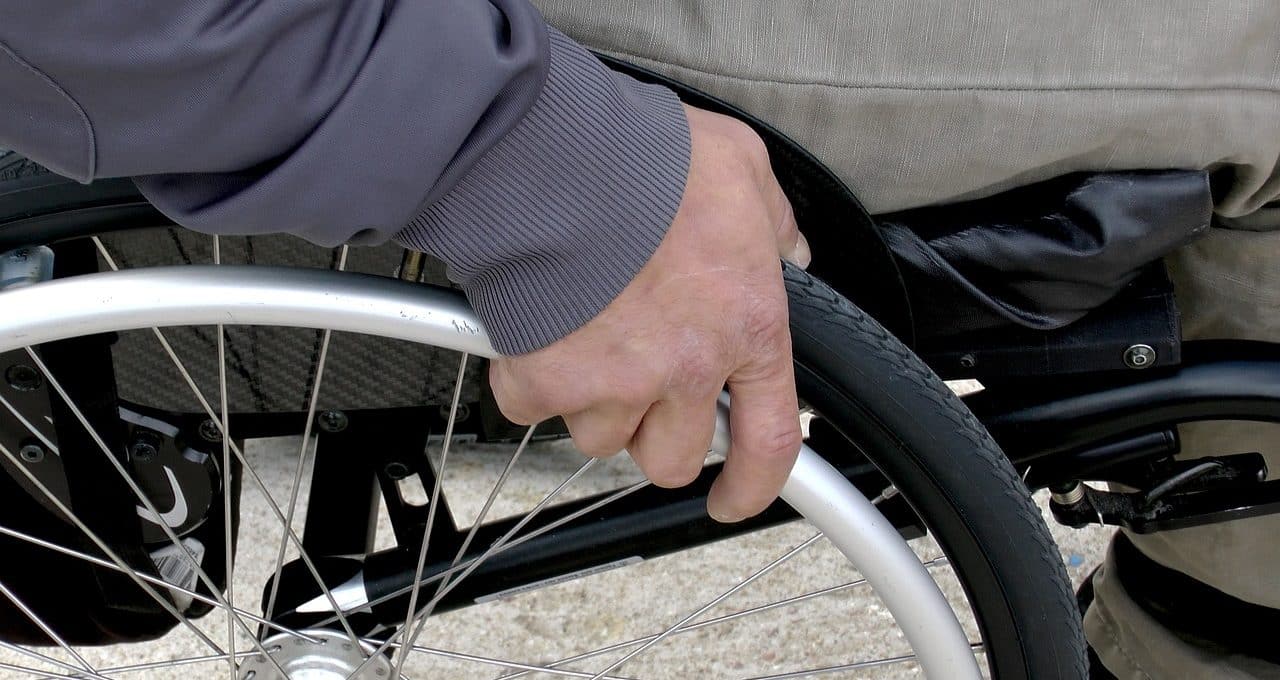
The lack of development of a part or structure of the body is called atrophy.
Atrophy is the absence of development of a structure or body part . The concept derives from the Latin atrophĭa , in turn from the Greek atrophia.
In the field of biology , atrophy is called a decrease in the number and/or size of the tissues that make up an organ, which begins to have functionality problems and a lower weight and volume than usual.
Atrophy is linked to a decrease in cell size due to the detriment of cell mass. These atrophic cells are still alive, although their function is limited. Therefore, when they form tissues and organs, these structures are deficient.
Types of atrophy
There are different types of atrophy. Senile atrophy is the disorder that a subject's organs and tissues begin to suffer when they reach an advanced age.
Degenerative atrophy has the peculiarity of accompanying a process that causes the destruction of cells. This is due to changes in the nucleus of the cell and its cytoplasm, which cause necrosis.
Simple atrophy , on the other hand, is the most common and consists of a decrease in the volume of the muscular elements, which results in tissue shrinkage. This atrophy appears, for example, when a person fasts for a very long time.
Muscle atrophy , which causes paralysis , can arise from malnutrition, cancer , a heart problem, and other disorders and problems. Its treatment requires inhibiting the causes that cause it and promoting the development of muscle mass.

Senile atrophy is a disorder that breaks into a person's tissues and organs upon reaching an advanced age.
Muscle problems
Going deeper into the concept of muscle atrophy, two well-defined types are distinguished: neurogenic and that arising from disuse . The first is the more serious of the two and can appear as a result of an illness or an injury to the nerves that are connected to the muscles . Another difference with the other type of atrophy is that it usually arises more suddenly.
Disorders that attack the nerves responsible for controlling muscles include amyotrophic lateral sclerosis (also known as Lou Gehrig's disease ); damage to a single nerve, something that occurs, for example, with carpal tunnel syndrome; Guillian-Barre syndrome; nerve damage due to diabetes, alcoholism, or injury, among other reasons; poliomyelitis and injured spinal cord.
Regarding disuse atrophy, its cause is the lack of use of the muscles or the extreme decrease in activity. One way to reverse this situation is to improve your diet and start a physical exercise routine . Among the factors that usually lead to this type of atrophy are the following:
- Being bedridden due to health problems that limit or prevent movement.
- Jobs that require remaining in a seat for many hours.
- Some brain disease, such as a stroke, that prevents movement of the limbs.
Evaluation of muscle atrophy
While some individuals can adapt to muscle atrophy, we should not underestimate the loss of strength and mobility that even mild cases can cause. When the condition lasts indefinitely and there does not seem to be a logical explanation for its presence, then it is time to contact a doctor. Generally, a good way to detect an abnormality in muscle function is to compare the limbs on one side with those on the other.
In the consultation, doctors usually ask their patients when the case of muscle atrophy originated, if it has worsened since then, and if they have detected other symptoms . To determine which nerves have been involved, he or she will examine the extremities and take muscle measurements.
